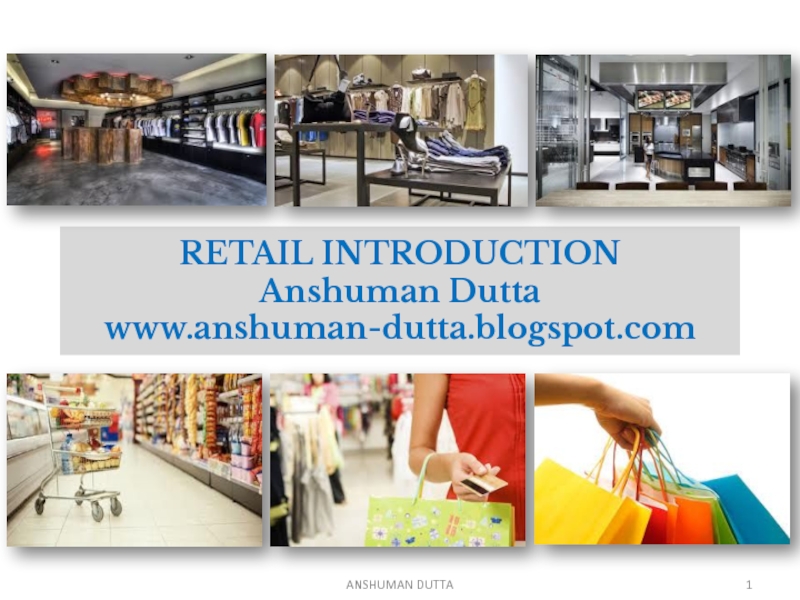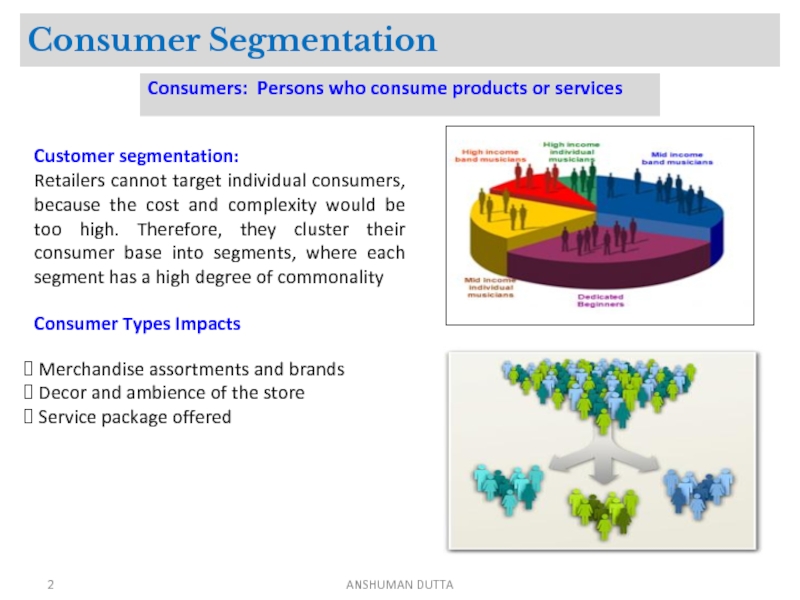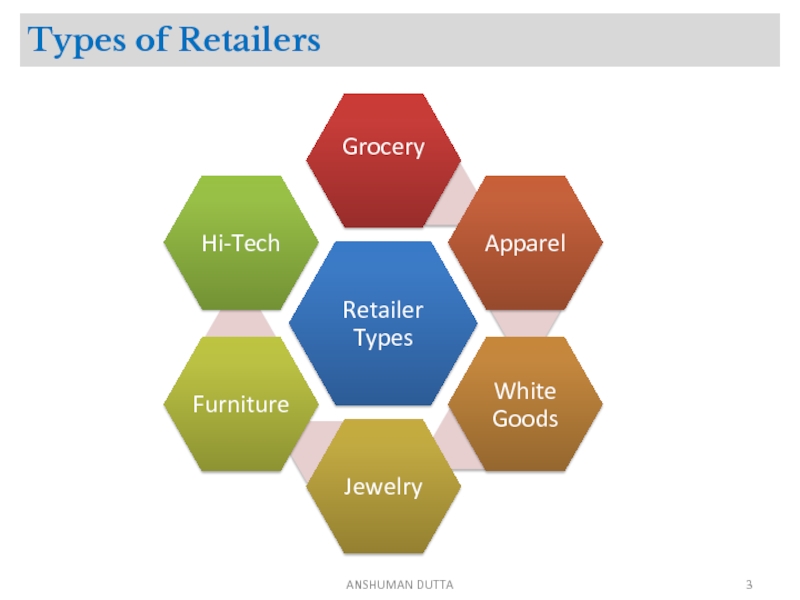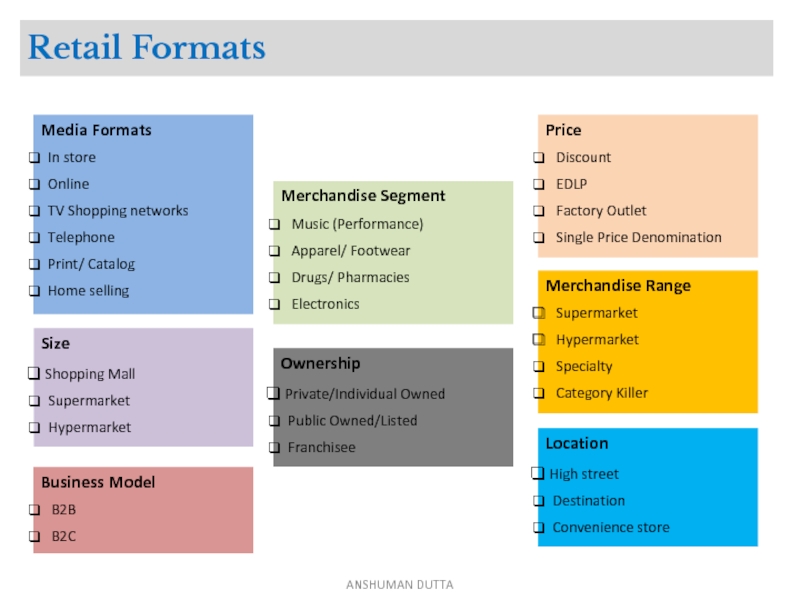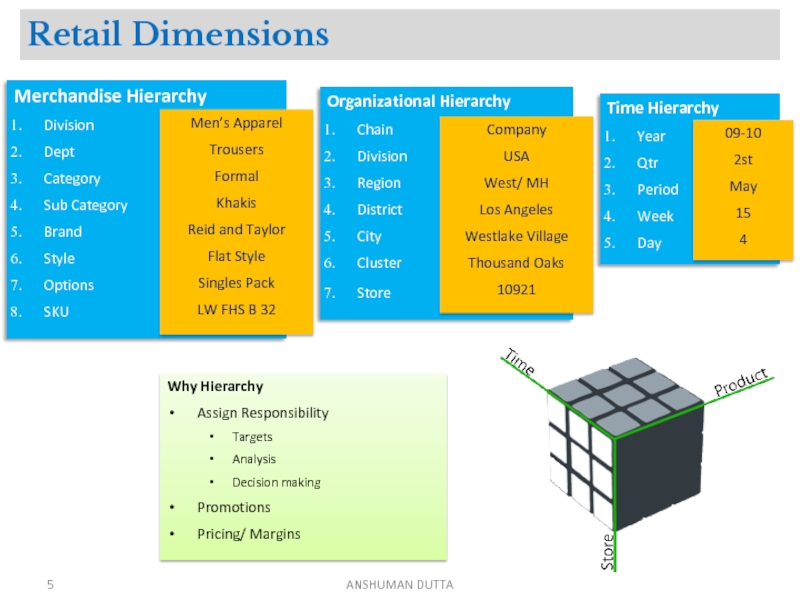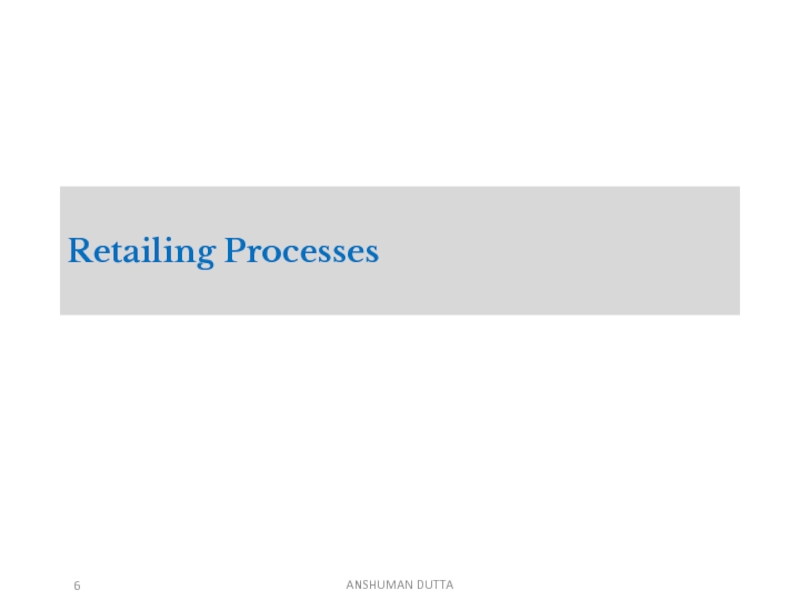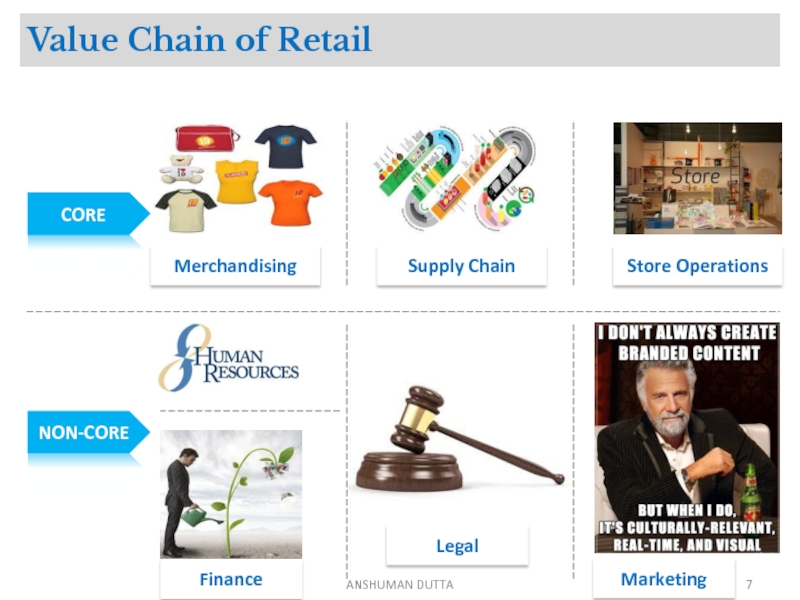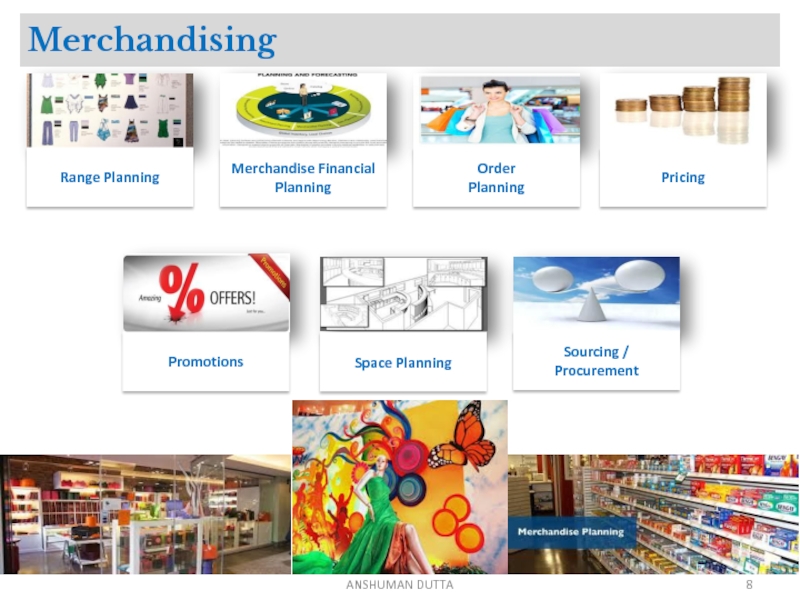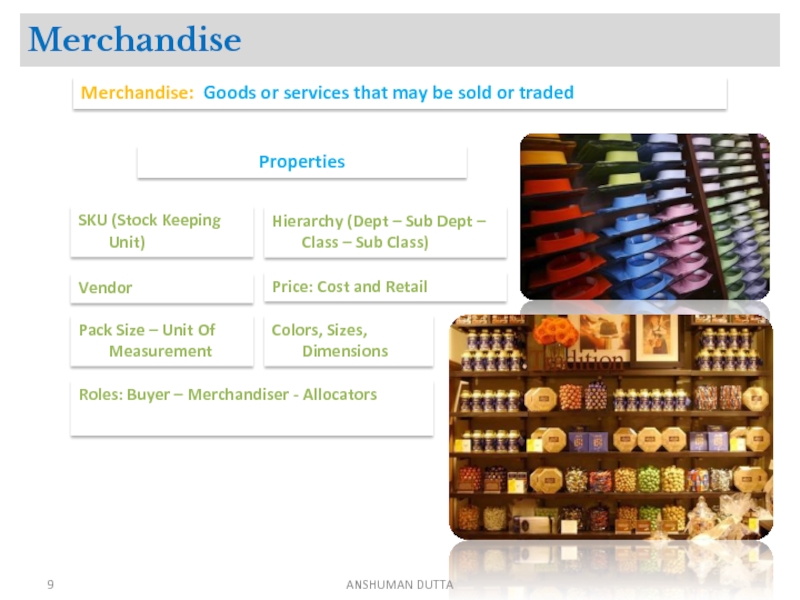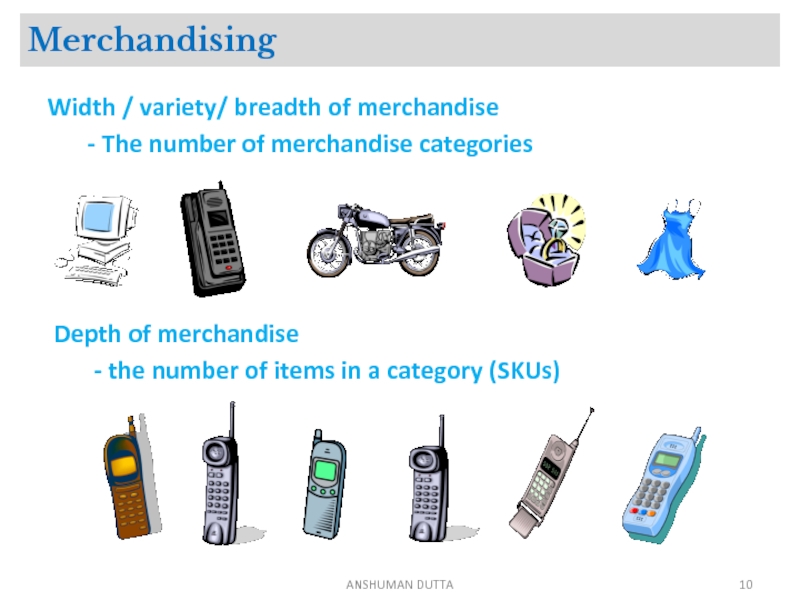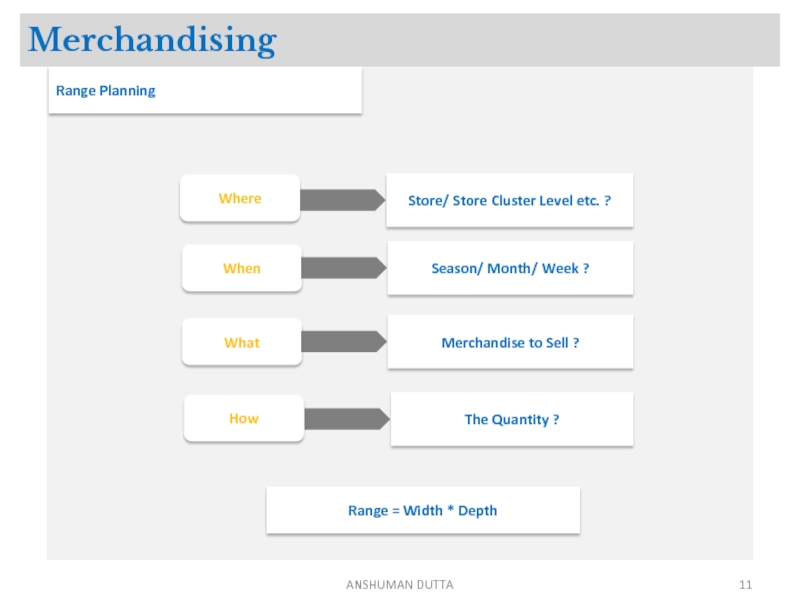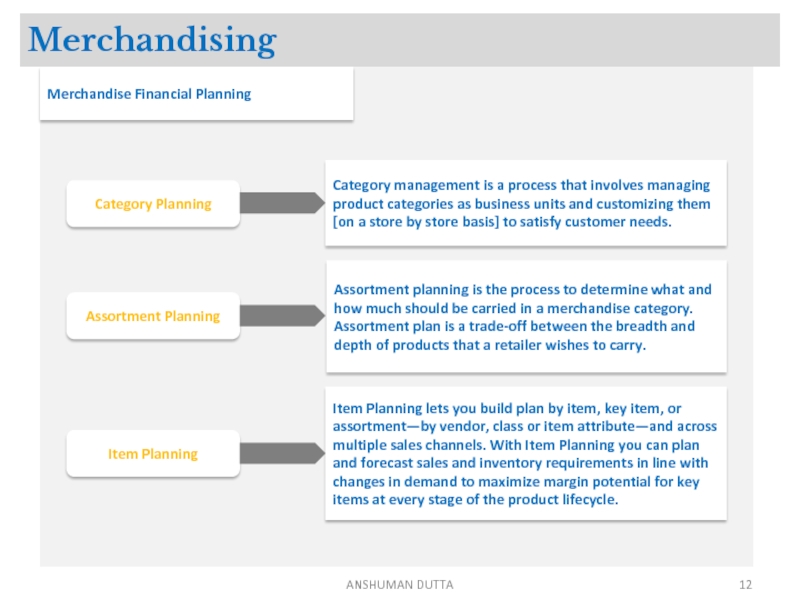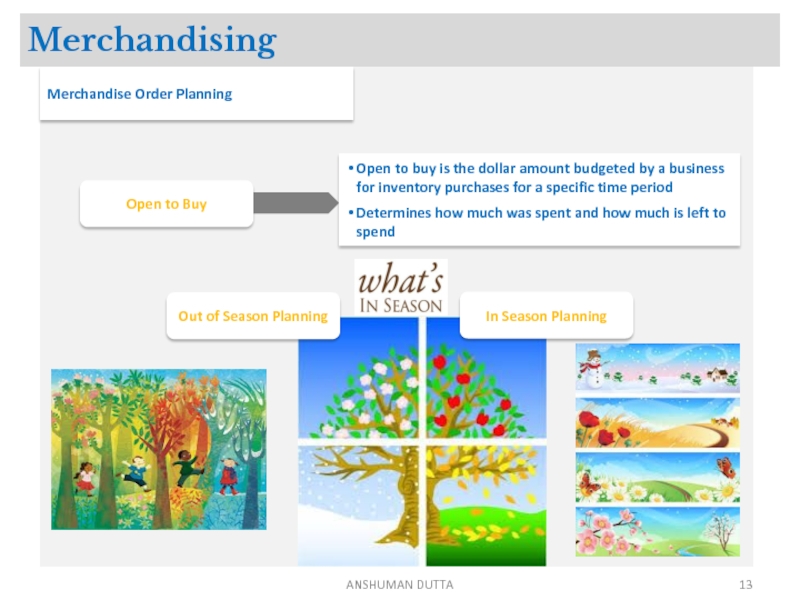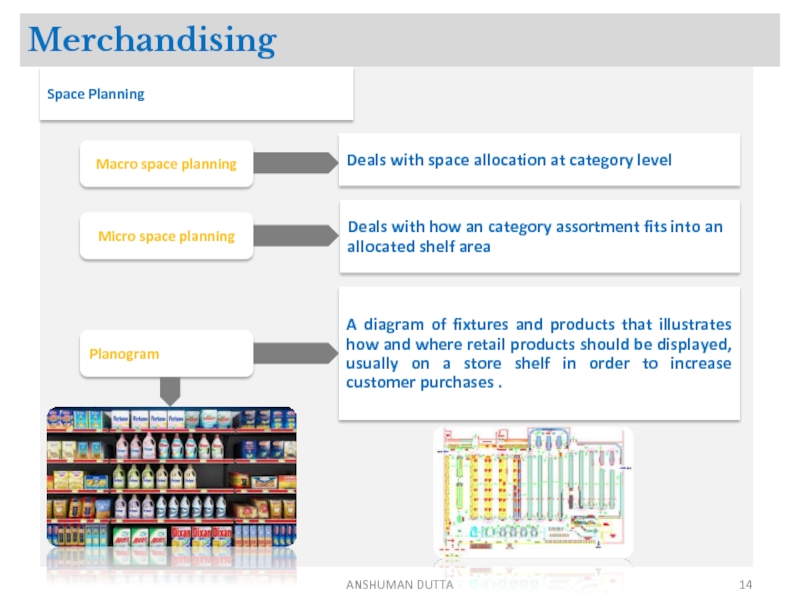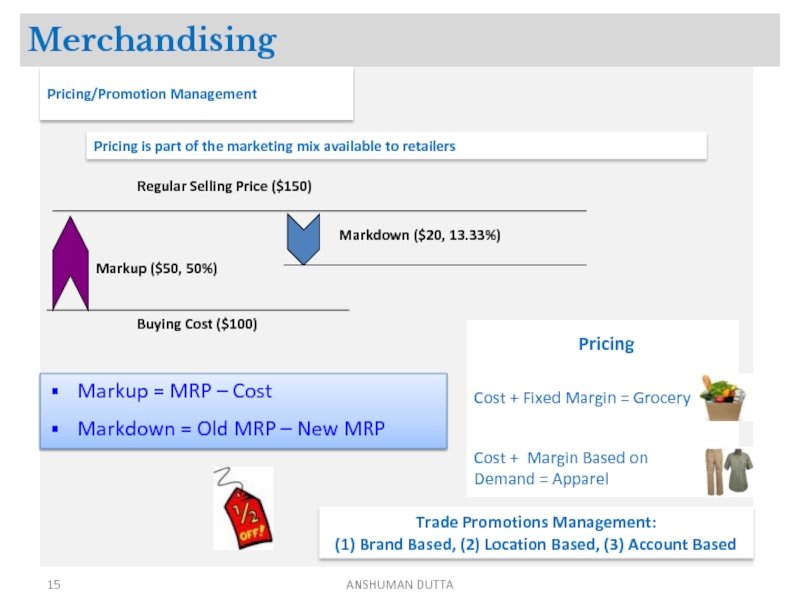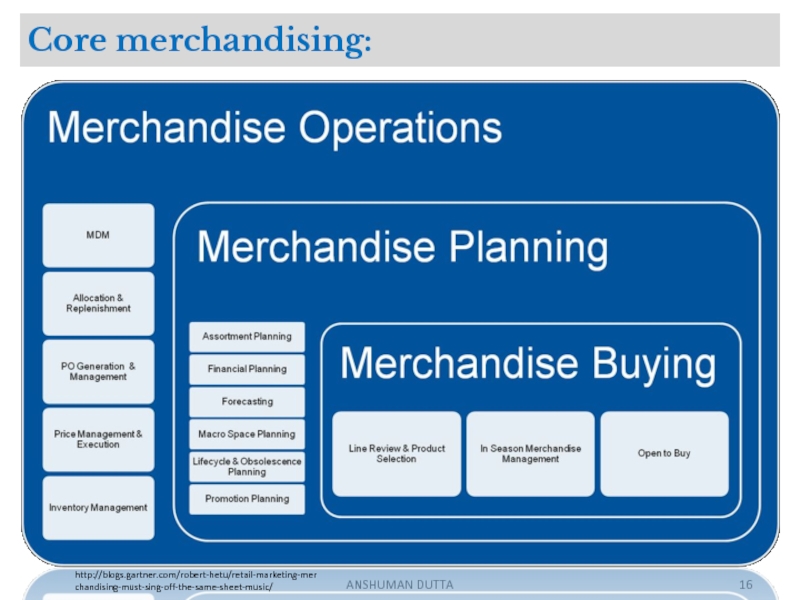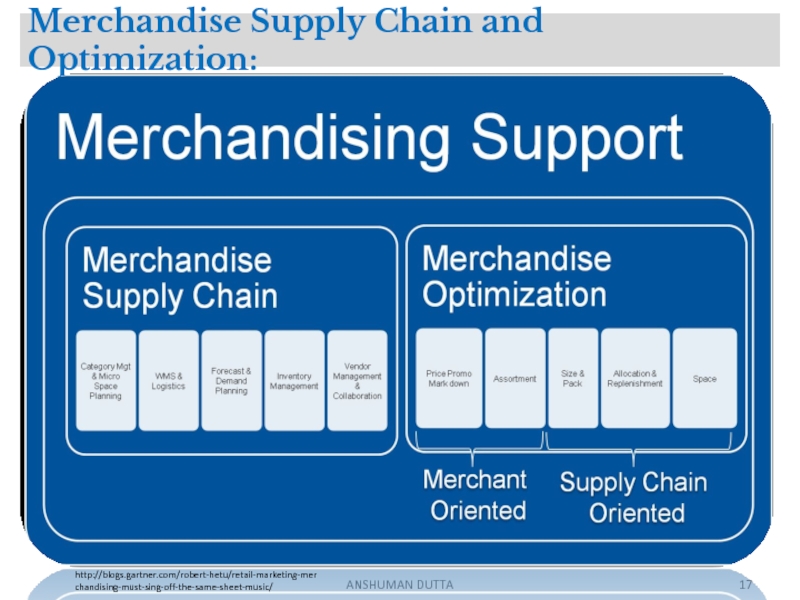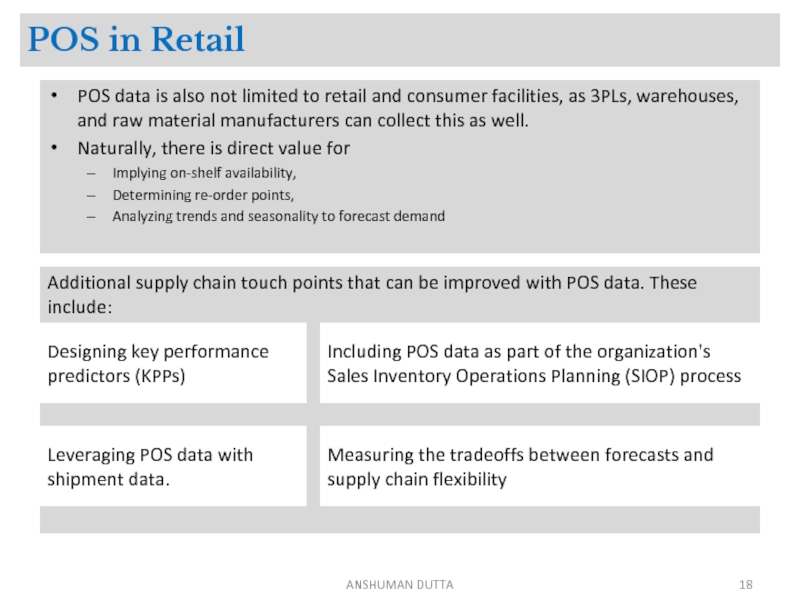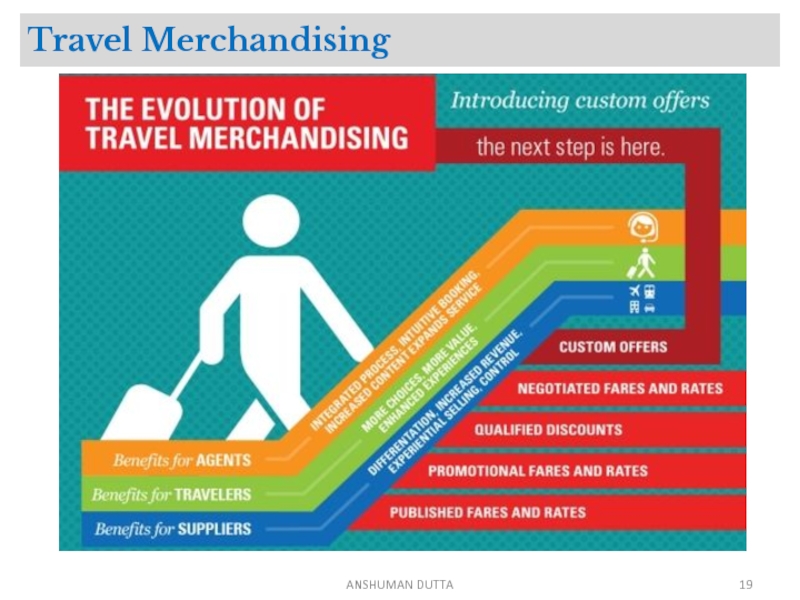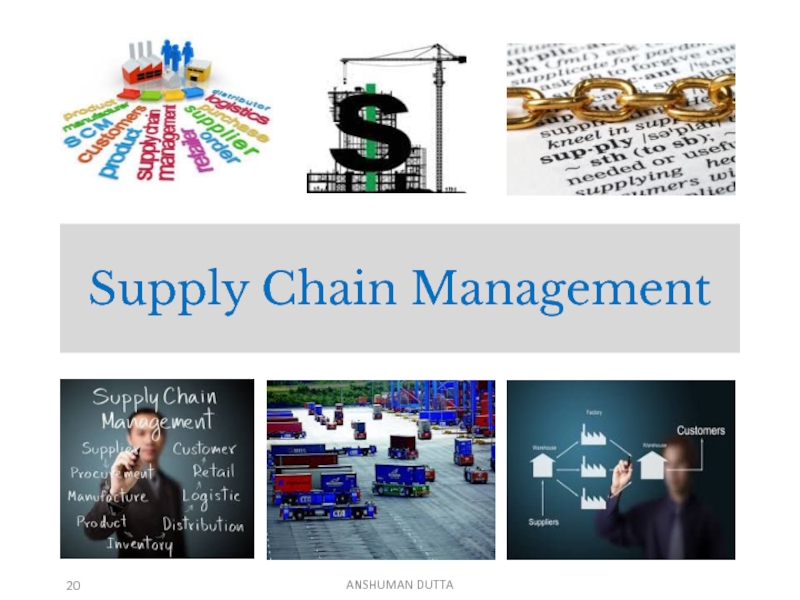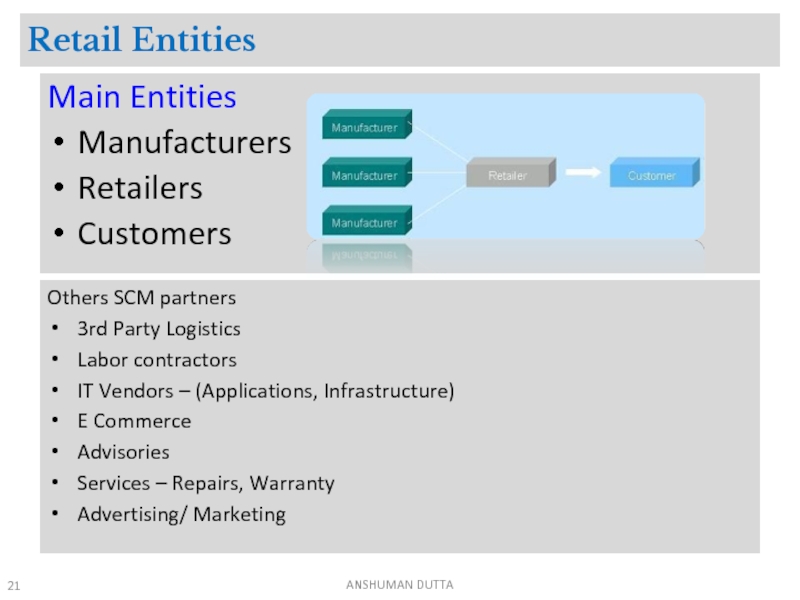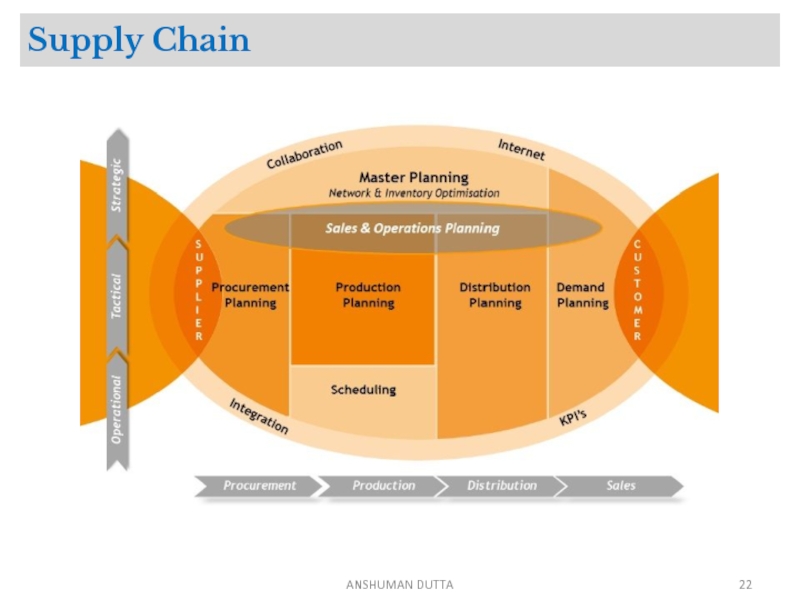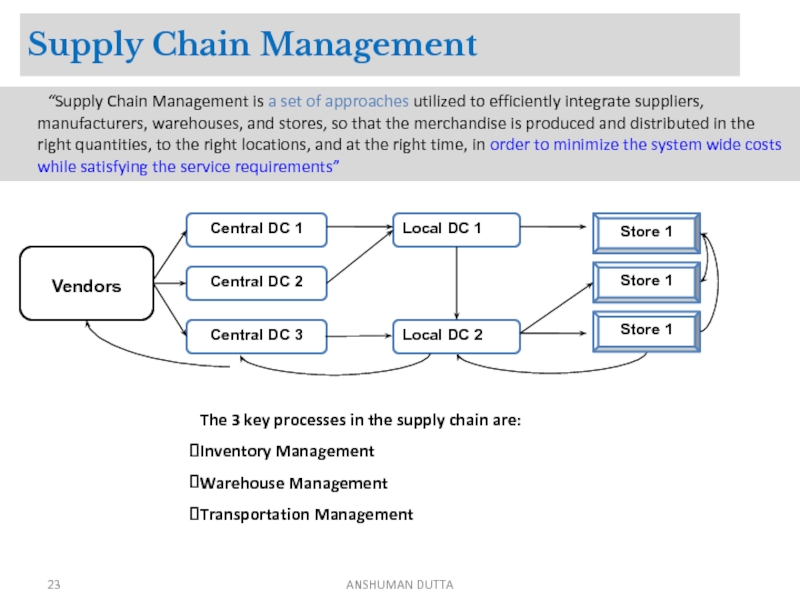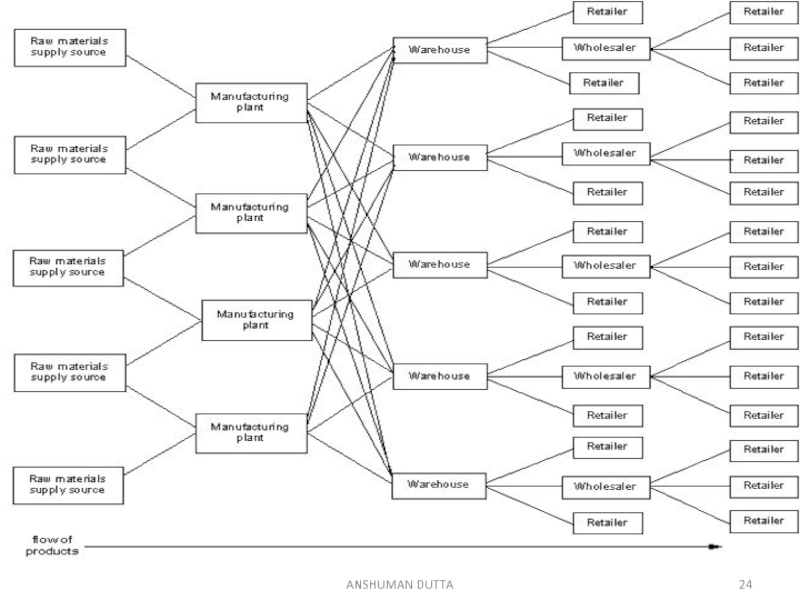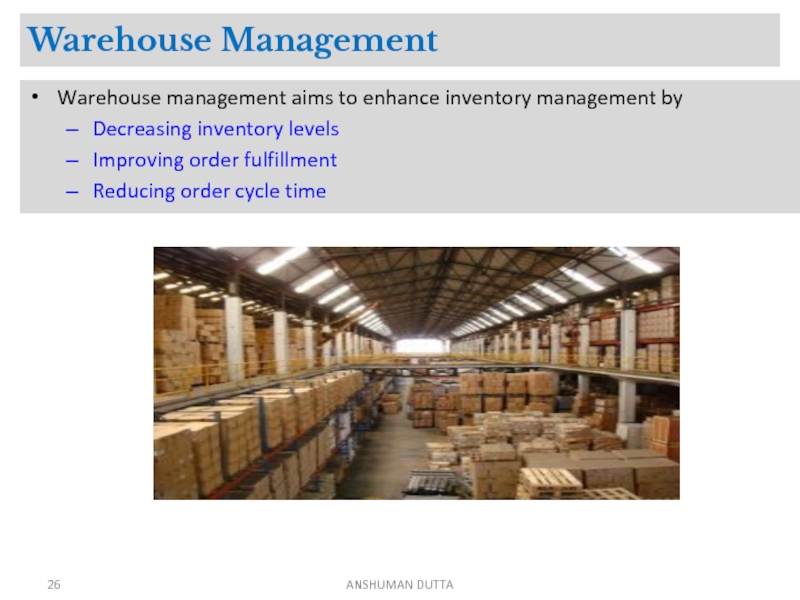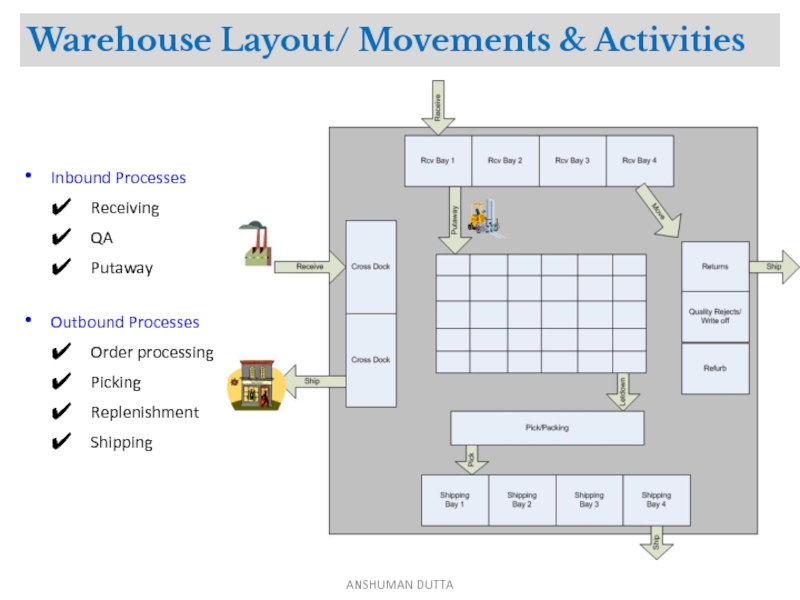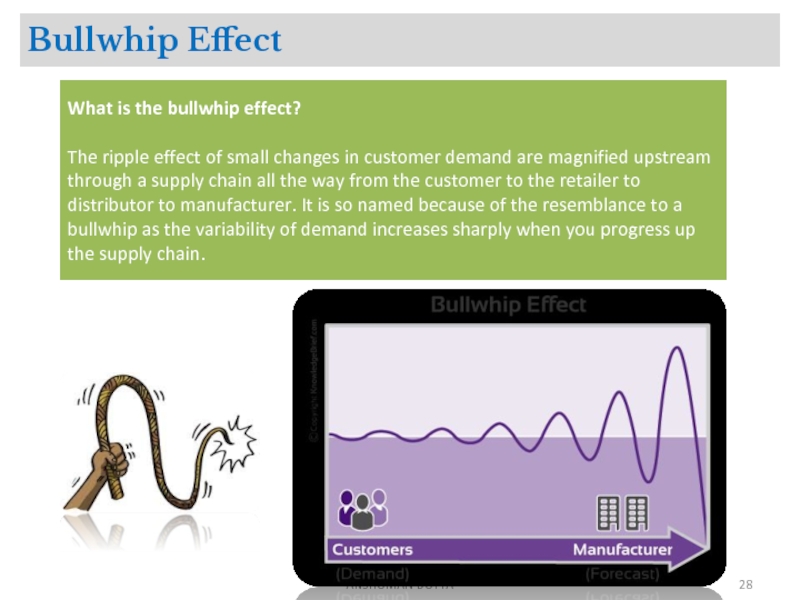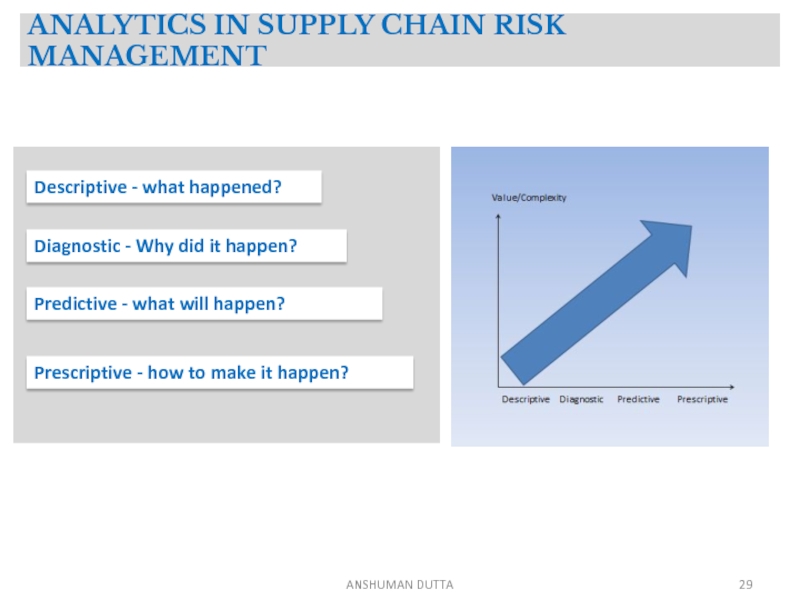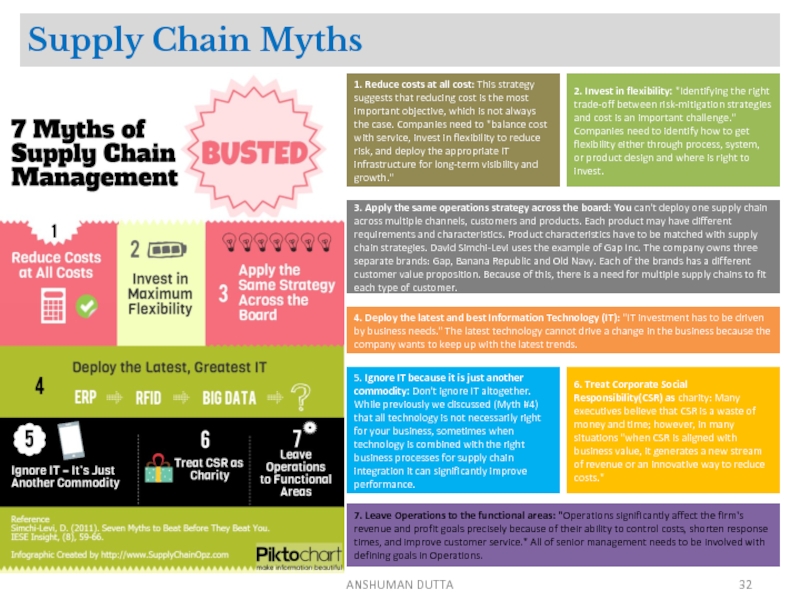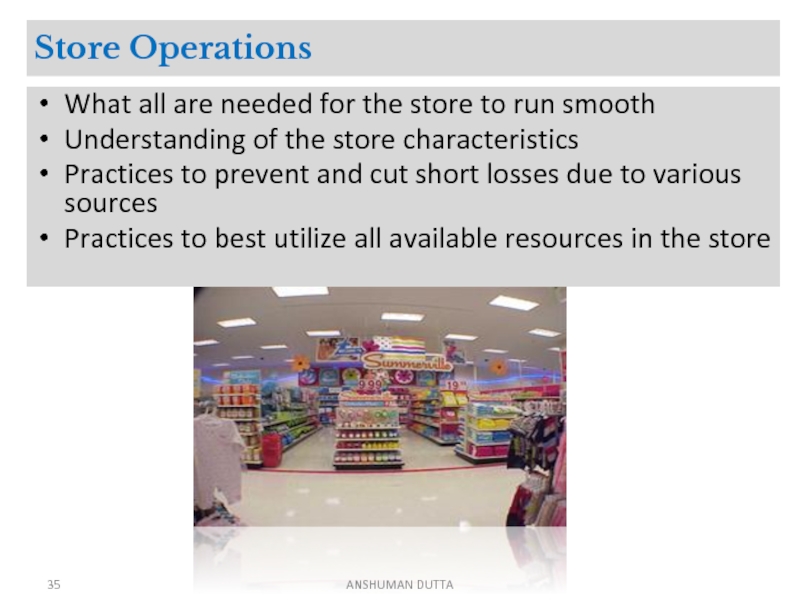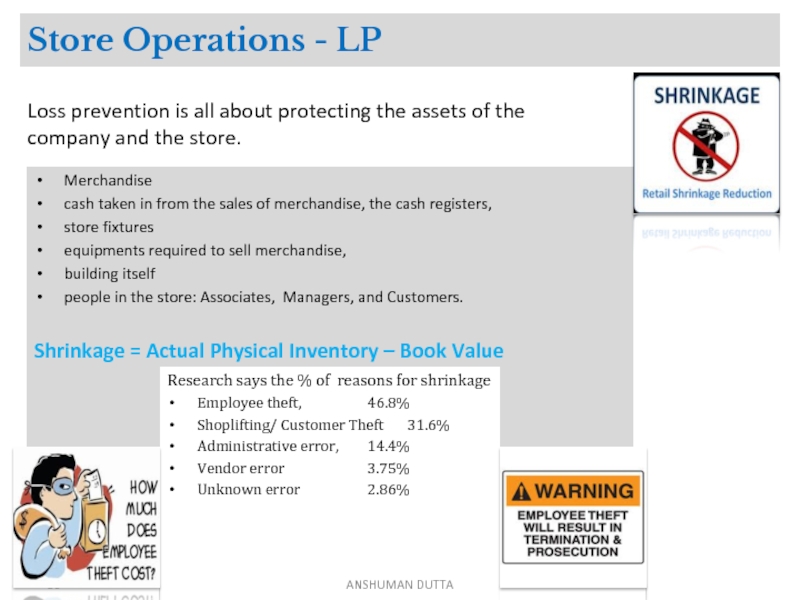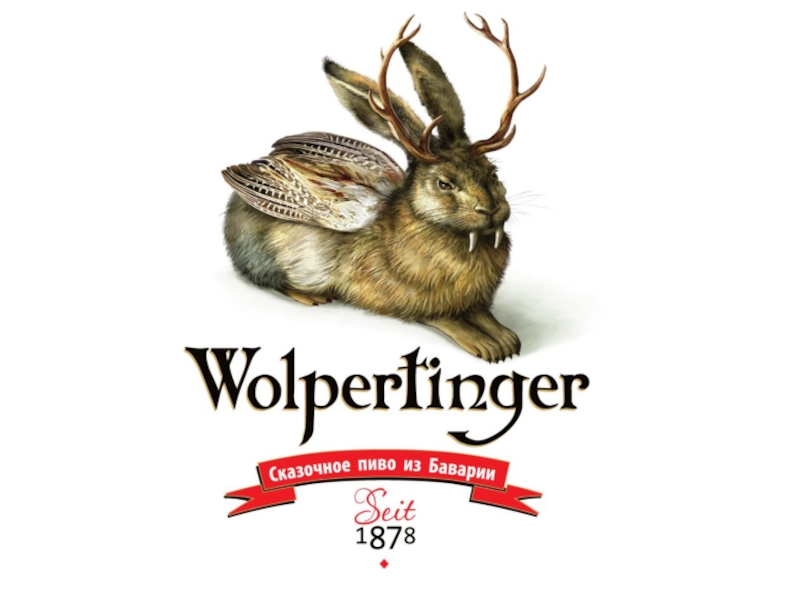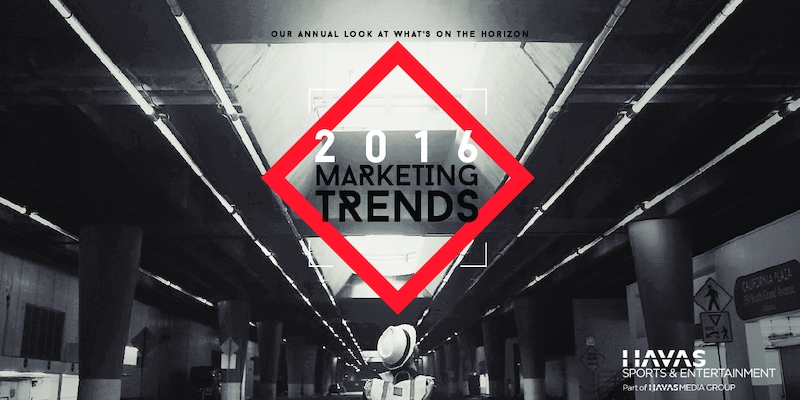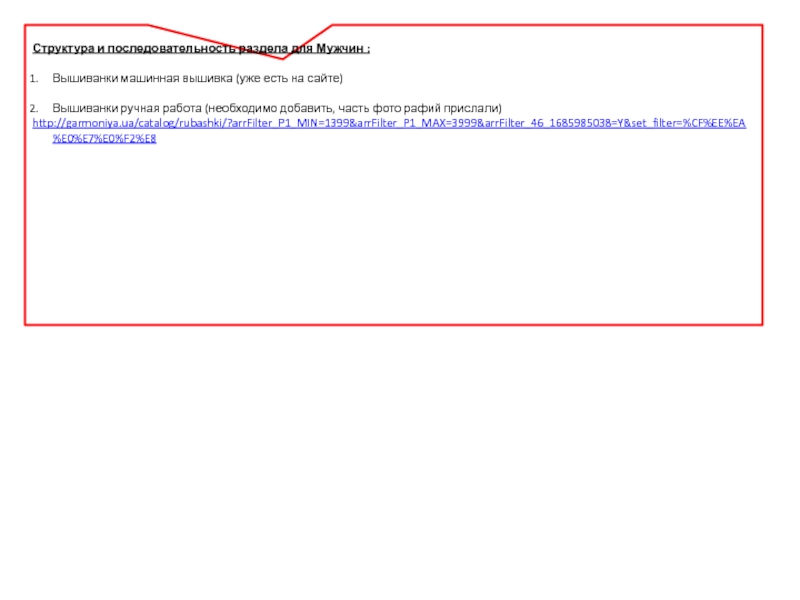- Главная
- Разное
- Дизайн
- Бизнес и предпринимательство
- Аналитика
- Образование
- Развлечения
- Красота и здоровье
- Финансы
- Государство
- Путешествия
- Спорт
- Недвижимость
- Армия
- Графика
- Культурология
- Еда и кулинария
- Лингвистика
- Английский язык
- Астрономия
- Алгебра
- Биология
- География
- Детские презентации
- Информатика
- История
- Литература
- Маркетинг
- Математика
- Медицина
- Менеджмент
- Музыка
- МХК
- Немецкий язык
- ОБЖ
- Обществознание
- Окружающий мир
- Педагогика
- Русский язык
- Технология
- Физика
- Философия
- Химия
- Шаблоны, картинки для презентаций
- Экология
- Экономика
- Юриспруденция
RETAIL INTRODUCTIONAnshuman Duttawww.anshuman-dutta.blogspot.com презентация
Содержание
- 1. RETAIL INTRODUCTIONAnshuman Duttawww.anshuman-dutta.blogspot.com
- 2. Consumer Segmentation Consumers: Persons who consume products
- 3. Types of Retailers ANSHUMAN DUTTA
- 4. Media Formats In store
- 5. Retail Dimensions Organizational Hierarchy Chain Division
- 6. Retailing Processes ANSHUMAN DUTTA
- 7. Value Chain of Retail ANSHUMAN DUTTA Merchandising
- 8. Merchandising ANSHUMAN DUTTA
- 9. Merchandise Merchandise: Goods or services that may
- 10. Width / variety/ breadth of merchandise -
- 11. Merchandising ANSHUMAN DUTTA Range Planning Range = Width * Depth
- 12. Merchandising ANSHUMAN DUTTA Merchandise Financial Planning
- 13. Merchandising ANSHUMAN DUTTA Merchandise Order
- 14. Merchandising ANSHUMAN DUTTA Space Planning
- 15. Merchandising Pricing is part
- 16. Core merchandising: ANSHUMAN DUTTA http://blogs.gartner.com/robert-hetu/retail-marketing-merchandising-must-sing-off-the-same-sheet-music/
- 17. Merchandise Supply Chain and Optimization: ANSHUMAN DUTTA http://blogs.gartner.com/robert-hetu/retail-marketing-merchandising-must-sing-off-the-same-sheet-music/
- 18. POS in Retail POS data is also
- 19. Travel Merchandising ANSHUMAN DUTTA
- 20. Supply Chain Management ANSHUMAN DUTTA
- 21. Retail Entities Main Entities Manufacturers Retailers Customers
- 22. Supply Chain ANSHUMAN DUTTA
- 23. Supply Chain Management “Supply Chain Management is
- 24. ANSHUMAN DUTTA
- 25. SCM key processes The Supply Chain
- 26. Warehouse Management Warehouse management aims to enhance
- 27. Warehouse Layout/ Movements & Activities Inbound
- 28. Bullwhip Effect ANSHUMAN DUTTA What is the
- 29. ANALYTICS IN SUPPLY CHAIN RISK MANAGEMENT
- 30. 15 Key Innovations in supply chain strategy
- 31. 15 Key Innovations in Supply Chain Strategy 1998
- 32. Supply Chain Myths ANSHUMAN DUTTA 1. Reduce
- 33. Supply Chain Service ANSHUMAN DUTTA
- 34. Store Front ANSHUMAN DUTTA
- 35. Store Operations What all are needed for
- 36. Store Operations - LP Merchandise cash taken
- 37. Why are Retailers use Multiple Channels Customer
- 38. Why Multichannel Retailing Increasing Online sales Increasing
- 39. Merchandizing : Out of Stock leading to
- 40. Thanks ANSHUMAN DUTTA
Слайд 2Consumer Segmentation
Consumers: Persons who consume products or services
Customer segmentation:
Retailers
Consumer Types Impacts
Merchandise assortments and brands
Decor and ambience of the store
Service package offered
ANSHUMAN DUTTA
Слайд 4Media Formats
In store
Online
TV Shopping networks
Telephone
Home selling
Retail Formats
Location
High street
Destination
Convenience store
Size
Shopping Mall
Supermarket
Hypermarket
Ownership
Private/Individual Owned
Public Owned/Listed
Franchisee
Merchandise Range
Supermarket
Hypermarket
Specialty
Category Killer
Merchandise Segment
Music (Performance)
Apparel/ Footwear
Drugs/ Pharmacies
Electronics
Price
Discount
EDLP
Factory Outlet
Single Price Denomination
Business Model
B2B
B2C
ANSHUMAN DUTTA
Слайд 5Retail Dimensions
Organizational Hierarchy
Chain
Division
Region
District
City
Cluster
Store
Company
USA
West/ MH
Los Angeles
Westlake Village
Thousand Oaks
10921
Why
Assign Responsibility
Targets
Analysis
Decision making
Promotions
Pricing/ Margins
Merchandise Hierarchy
Division
Dept
Category
Sub Category
Brand
Style
Options
SKU
Men’s Apparel
Trousers
Formal
Khakis
Reid and Taylor
Flat Style
Singles Pack
LW FHS B 32
Time Hierarchy
Year
Qtr
Period
Week
Day
09-10
2st
May
15
4
ANSHUMAN DUTTA
Слайд 7Value Chain of Retail
ANSHUMAN DUTTA
Merchandising
CORE
NON-CORE
Supply Chain
Store Operations
Finance
Legal
Marketing
Слайд 9Merchandise
Merchandise: Goods or services that may be sold or traded
Properties
SKU (Stock
Roles: Buyer – Merchandiser - Allocators
Colors, Sizes,
Dimensions
Pack Size – Unit Of Measurement
Price: Cost and Retail
Hierarchy (Dept – Sub Dept – Class – Sub Class)
Vendor
ANSHUMAN DUTTA
Слайд 10Width / variety/ breadth of merchandise
- The number of merchandise categories
Major
Depth of merchandise
- the number of items in a category (SKUs)
Merchandising
ANSHUMAN DUTTA
Слайд 13
Merchandising
ANSHUMAN DUTTA
Merchandise Order Planning
Open to Buy
Out of Season Planning
In Season
Open to buy is the dollar amount budgeted by a business for inventory purchases for a specific time period
Determines how much was spent and how much is left to spend
Слайд 15
Merchandising
Pricing is part of the marketing mix available to retailers
Markup
Markdown = Old MRP – New MRP
Pricing/Promotion Management
C
Pricing
Cost + Fixed Margin = Grocery
Cost + Margin Based on Demand = Apparel
Trade Promotions Management:
(1) Brand Based, (2) Location Based, (3) Account Based
ANSHUMAN DUTTA
Слайд 16Core merchandising:
ANSHUMAN DUTTA
http://blogs.gartner.com/robert-hetu/retail-marketing-merchandising-must-sing-off-the-same-sheet-music/
Слайд 17Merchandise Supply Chain and Optimization:
ANSHUMAN DUTTA
http://blogs.gartner.com/robert-hetu/retail-marketing-merchandising-must-sing-off-the-same-sheet-music/
Слайд 18POS in Retail
POS data is also not limited to retail and
Naturally, there is direct value for
Implying on-shelf availability,
Determining re-order points,
Analyzing trends and seasonality to forecast demand
ANSHUMAN DUTTA
Additional supply chain touch points that can be improved with POS data. These include:
Designing key performance predictors (KPPs)
Including POS data as part of the organization's Sales Inventory Operations Planning (SIOP) process
Leveraging POS data with shipment data.
Measuring the tradeoffs between forecasts and supply chain flexibility
Слайд 21Retail Entities
Main Entities
Manufacturers
Retailers
Customers
Others SCM partners
3rd Party Logistics
Labor contractors
IT Vendors – (Applications,
E Commerce
Advisories
Services – Repairs, Warranty
Advertising/ Marketing
ANSHUMAN DUTTA
Слайд 23Supply Chain Management
“Supply Chain Management is a set of approaches utilized
The 3 key processes in the supply chain are:
Inventory Management
Warehouse Management
Transportation Management
ANSHUMAN DUTTA
Слайд 25SCM key processes
The Supply Chain Management Program integrates topics from manufacturing
Customer Relationship Management
Customer Service Management
Demand Management
Order Fulfillment
Manufacturing Flow Management
Procurement
Product Development and Commercialization
Returns
ANSHUMAN DUTTA
Слайд 26Warehouse Management
Warehouse management aims to enhance inventory management by
Decreasing inventory levels
Improving
Reducing order cycle time
ANSHUMAN DUTTA
Слайд 27Warehouse Layout/ Movements & Activities
Inbound Processes
Receiving
QA
Putaway
Outbound Processes
Order processing
Picking
Replenishment
Shipping
ANSHUMAN DUTTA
Слайд 28Bullwhip Effect
ANSHUMAN DUTTA
What is the bullwhip effect?
The ripple effect of small
Слайд 29
ANALYTICS IN SUPPLY CHAIN RISK MANAGEMENT
ANSHUMAN DUTTA
Descriptive - what happened?
Diagnostic -
Predictive - what will happen?
Prescriptive - how to make it happen?
Слайд 3015 Key Innovations in supply chain strategy
Ford Assembly Line – Henry Ford
ANSHUMAN DUTTA
Ocean Shipping Container: - Malcom McLean invented the standard steel shipping container first implemented in 1956 at the port of New Jersey
Electronic Data Interchange (EDI) –Started when computer systems first had the capability to transfer data to other computer systems. Enables the exchange of electronic business documents.
Material Resource Planning (MRP) – Josef Orlicky makes the first MRP system in Racine, Wisconsin. A year later, Gene Thomas from IBM invents the Bill of Materials Processor. For the first time, manufacturers could break down the BOM on a computer
Universal Product Code (UPC) – a company called Logicon wrote a standard for something close to what became known as the Universal Product Code (UPC) to identify via a barcode a specific SKU. The first implementation of the UPC was in 1974 at a Marsh's supermarket in Troy, OH.
Enterprise Resource Planning – In 1990, Gartner Group first employed the acronym ERP which came to represent a larger whole, reflecting the evolution of application integration beyond manufacturing.
Dell Direct Orders – Michael Dell started his company in his dorm room shipping computers to customers. This developed into a unique model of make to order that provided custom configurations to customers and shipped to them
FedEx Tracking System – After re-inventing the category of express parcel shipments, FedEx went a step further by developing a new computerized tracking system that provided near real-time information about package delivery. Outfitting drivers with small
handheld computers for scanning pick-ups and deliveries, a shipment's status was available end to end.
P&G's Continuous Replenishment: Order patterns were totally dependent on sales and retail buyer input until P&G bought a mainframe application from IBM for "continuous replenishment" re-wrote it for retail, and changed that entire value chain by driving orders based on DC withdrawals and sales data.
Walmart Cross Docking – With rapid expansion in the number of Walmart stores, the company needed an effective communication system. They introduced the first cross docking system, which enabled them to track goods across all their DCs and stores.
The Toyota Production System: Pioneered by Toyota's Taiichi Ohno and a few colleagues, TPS not only is the foundation for today's lean manufacturing and supply chain practices, but the concepts have penetrated virtually every area business
Rise of the PC and Internet – this allowed the development of decision support systems for the supply chain on PCs as well as collaboration platforms for companies with their trading partners.
HP Postponement – The ability to delay differentiation in product design can convey many advantages. HP was the first to use this approach delaying some of the localized decision for its DeskJet printers by customizing the printers at its local distribution centers rather than at its factories.
Слайд 3115 Key Innovations in Supply Chain Strategy
1998 – Amazon Order & Delivery
ANSHUMAN DUTTA
2000s – RFID , Track and Trace – RFID was developed at the MIT Auto-ID Center. It is a code-carrying technology, and can be used in place of a barcode to enable non-line of sight-reading. Synonymous with track-and-trace solutions, and has a critical role to play in supply chains.
Слайд 32Supply Chain Myths
ANSHUMAN DUTTA
1. Reduce costs at all cost: This strategy
2. Invest in flexibility: "Identifying the right trade-off between risk-mitigation strategies and cost is an important challenge." Companies need to identify how to get flexibility either through process, system, or product design and where is right to invest.
3. Apply the same operations strategy across the board: You can't deploy one supply chain across multiple channels, customers and products. Each product may have different requirements and characteristics. Product characteristics have to be matched with supply chain strategies. David Simchi-Levi uses the example of Gap Inc. The company owns three separate brands: Gap, Banana Republic and Old Navy. Each of the brands has a different customer value proposition. Because of this, there is a need for multiple supply chains to fit each type of customer.
4. Deploy the latest and best Information Technology (IT): "IT investment has to be driven by business needs." The latest technology cannot drive a change in the business because the company wants to keep up with the latest trends.
5. Ignore IT because it is just another commodity: Don't ignore IT altogether. While previously we discussed (Myth #4) that all technology is not necessarily right for your business, sometimes when technology is combined with the right business processes for supply chain integration it can significantly improve performance.
6. Treat Corporate Social Responsibility(CSR) as charity: Many executives believe that CSR is a waste of money and time; however, in many situations "when CSR is aligned with business value, it generates a new stream of revenue or an innovative way to reduce costs."
7. Leave Operations to the functional areas: "Operations significantly affect the firm's revenue and profit goals precisely because of their ability to control costs, shorten response times, and improve customer service." All of senior management needs to be involved with defining goals in Operations.
Слайд 35Store Operations
What all are needed for the store to run smooth
Understanding
Practices to prevent and cut short losses due to various sources
Practices to best utilize all available resources in the store
ANSHUMAN DUTTA
Слайд 36Store Operations - LP
Merchandise
cash taken in from the sales of merchandise,
store fixtures
equipments required to sell merchandise,
building itself
people in the store: Associates, Managers, and Customers.
Shrinkage = Actual Physical Inventory – Book Value
Research says the % of reasons for shrinkage
Employee theft, 46.8%
Shoplifting/ Customer Theft 31.6%
Administrative error, 14.4%
Vendor error 3.75%
Unknown error 2.86%
Loss prevention is all about protecting the assets of the company and the store.
ANSHUMAN DUTTA
Слайд 37Why are Retailers use Multiple Channels
Customer wants to interact in different
Each channel offers a unique set of benefits for Customers
ANSHUMAN DUTTA
Слайд 38Why Multichannel Retailing
Increasing Online sales
Increasing Internet usage
Consumers interest to enjoy channel
Consumers expect more from retailers in terms of product information, convenience and customer service.
ANSHUMAN DUTTA
Слайд 39Merchandizing :
Out of Stock leading to loss of sales
Pilferage & shop-lifting
Managing
Workforce Management:
Time & Attendance management
Labor budgeting/scheduling
Recruitment & training
Staff productivity
Point of Sales :
Poor connectivity between store and host systems
No up-to-date information and customized promotions and services
Absence of synchronized view of the customer and inventory information
Supply Chain Analytics:
Visibility in SKU availability, Perfect order fulfillment, optimizing inventory holdings
Supplier performance measurement
Merchandise Analytics:
Optimize merchandise mix
Track promotion effectiveness
POS Analytics:
Understanding Demand Patterns
Measuring store ,category, SKU performance
Customer Analytics:
Understand most profitable customers and cost to serve them
Assortment planning and optimization
Low Inventory Turns :
Lack of accurate inventory information
Sporadic Demand of many items
Poor Supply Chain visibility
Demand Response
Lack of demand planning & forecasting processes
Very Price Sensitive Customers, volatile demand pattern
Total Landing Costs :
Some suppliers, multiple tiers of distribution
Lack of Transportation Management Systems
Lack of Distribution planning & scheduling mechanisms
Customer Experience & Loyalty:
Providing seamless Omni-channel experience
Personalized shopping assistance
Personalized promotions
Social Media engagement:
Brand crises management
Search Engine Optimization & Social Media Optimization
Multi-channel Fulfillment :
Supply Chain & logistics pressures
Smaller, customized package sizes lead to high transportation and labor costs
In-store Challenges
Analytics Challenges
Supply Chain Challenges
Omni Channel and Digital Media Challenges
Challenges in Retail Industry
